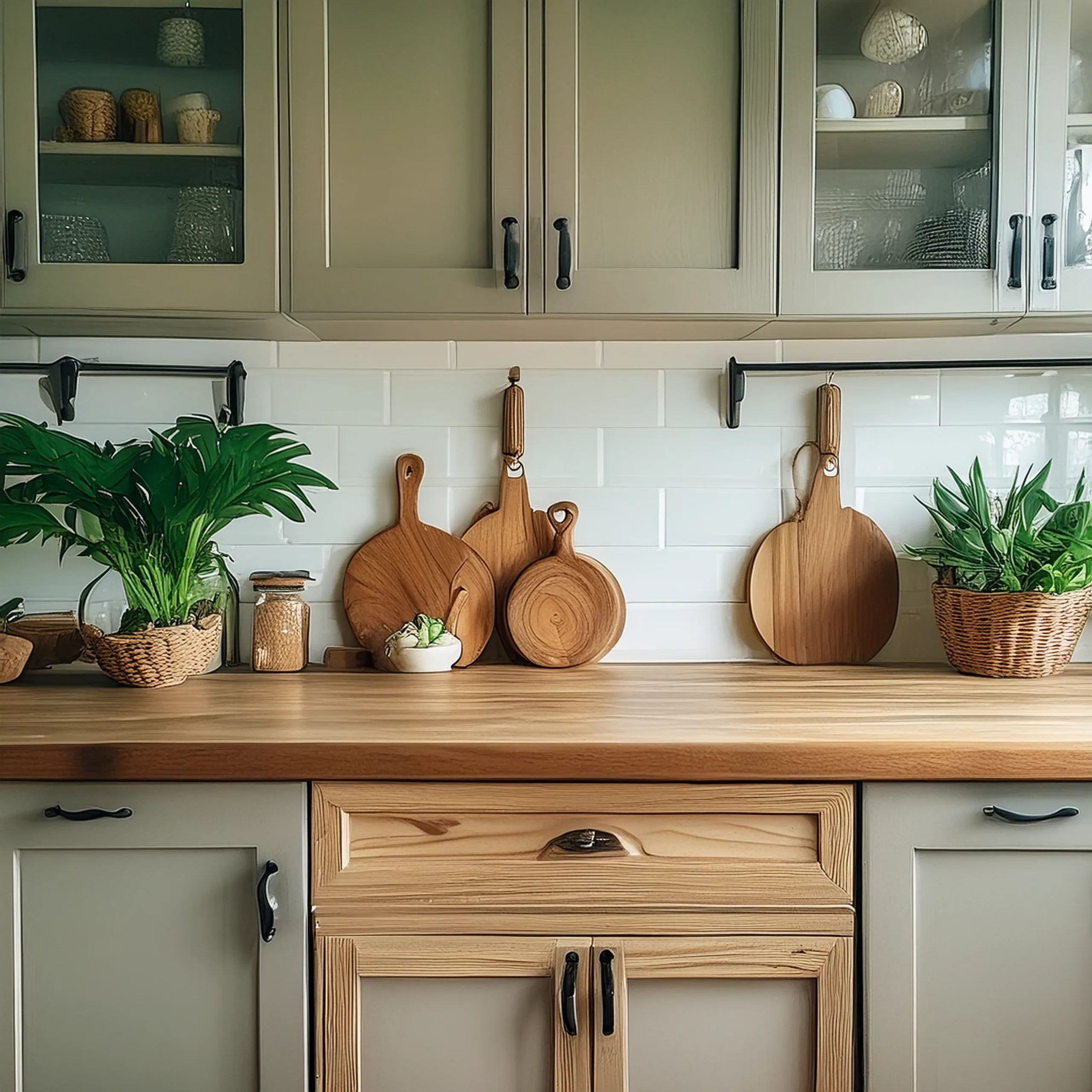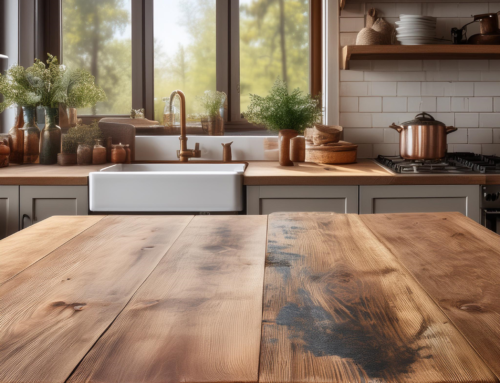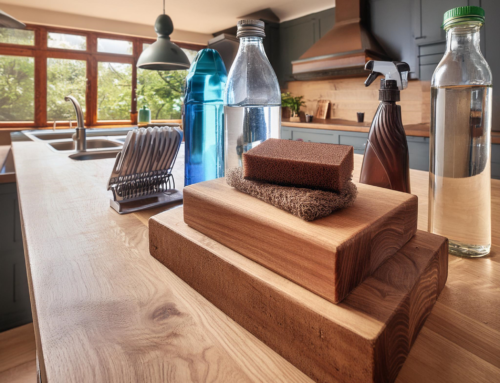Butcher block countertops have been a popular choice in kitchens for their blend of style and functionality. Understanding how they are made can help homeowners decide if this option suits their needs. Let’s explore the process from start to finish, highlighting key steps and features.
The Journey from Tree to Kitchen
Harvesting Wood The process begins with the selection of trees, harvested to encourage forest regeneration. Responsible sourcing ensures sustainable practices and supports forest health.
Drying Wood The wood arrives at the manufacturing site and is graded for quality. It rests outdoors to start the drying process and then moves to large, wood-fired kilns for 18 to 28 days. This step ensures the wood is properly cured, using recycled wood scraps to fuel the kilns.
The Crafting Process
Preparing the Wood Dried wood is planed and sanded to create a smooth surface. It is then cut into rails and inspected for defects. Only the best pieces are selected for premium countertops.
Assembly Varieties Butcher block countertops come in different styles:
- Blended-Grain: Rails of varying lengths are jointed and laminated side by side, hiding joints for a seamless look.
- Edge-Grain: Rails of the same length are bonded together, showing the wood’s side and creating a uniform, striped appearance.
- End-Grain: Known for its checkerboard look, this style involves stacking laminated edge-grain boards and applying pressure to fuse them.
Finishing Touches
Each butcher block is sanded to a silky finish and treated with food-safe mineral oil, preparing it for use. Every piece, whether a cutting board or custom countertop, is carefully inspected before shipping.
Customization and Installation
Tailored to Your Needs Customization options include CNC laser cutouts for sinks and appliances, and a variety of edge details to match different kitchen styles. Each countertop is made to fit specific dimensions and preferences.
Why Consider Butcher Block? Butcher block countertops are durable and easy to maintain. They offer a warm, natural look that can suit various kitchen designs, from rustic to modern. Proper care involves regular oiling and avoiding prolonged moisture exposure.
Ideal for Any Kitchen Butcher block complements various kitchen styles. It can add warmth to modern kitchens and enhance the rustic charm of farmhouse designs. Its versatility makes it a popular choice for many homeowners.
Conclusion
Butcher block countertops represent a unique fusion of practicality and aesthetic appeal, combining traditional craftsmanship with modern design flexibility. Understanding the meticulous process behind their creation—from careful wood selection to precise assembly—can help you appreciate the durability and beauty they bring to kitchens. Whether upgrading an existing space or designing a new one, butcher block countertops are a robust and stylish choice that adapts to various décor styles and meets a wide range of culinary needs.




Leave A Comment